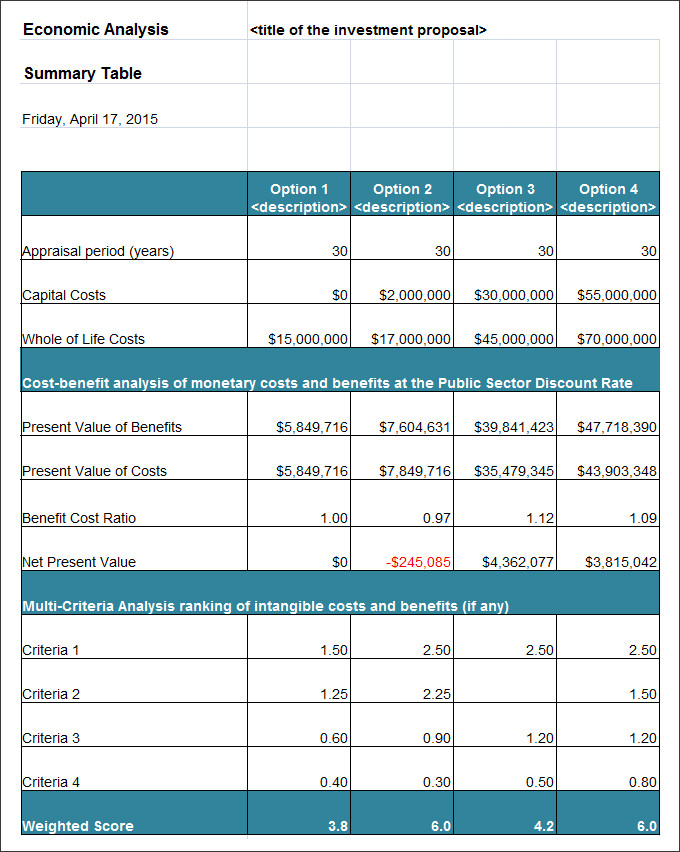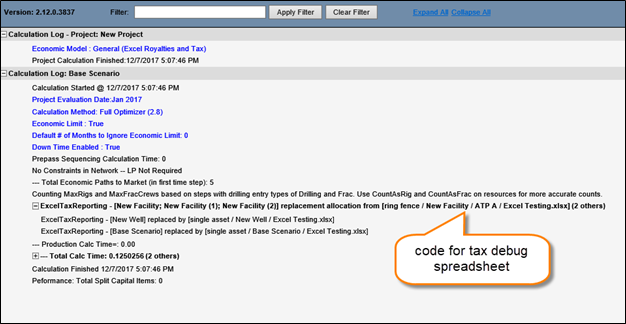

Outputs used in efficiency analysis could be classified as either intermediate health service outputs (e.g., number of health facility visits), single health outcomes (e.g., infant mortality rate) or composite indices of either intermediate outputs of health outcomes (e.g., Health Adjusted Life Expectancy). While studies used a range of inputs, these generally considered the building blocks of health systems, health risk factors, and social determinants of health.

A range of regression methods were used to identify the determinants of health system efficiency. Data envelopment analysis, a non-parametric method, was the most common methodological approach used, followed by stochastic frontier analysis, a parametric method. Only 6% of studies used either qualitative methods or mixed methods while 94% used quantitative approaches. There were also more publications focusing on national level (60%) compared to sub-national health systems’ efficiency. There were more publications from high- and upper middle-income countries (53%) than from low-income and lower middle-income countries.


 0 kommentar(er)
0 kommentar(er)
